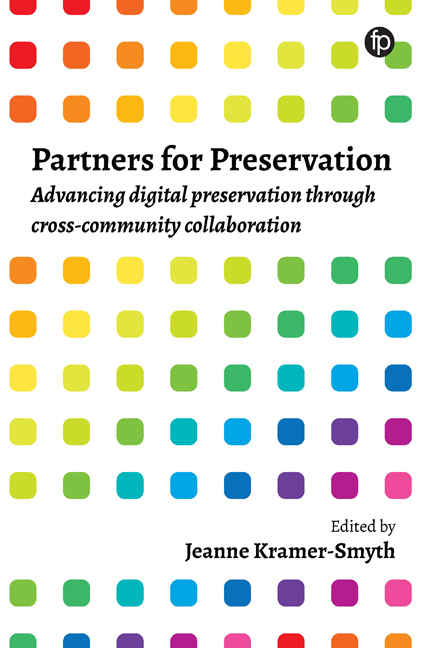Book contents
- Frontmatter
- dedication
- Contents
- List of figures and tables
- About the authors
- Foreword
- Introduction
- PART 1 MEMORY, PRIVACY AND TRANSPARENCY
- 1 The inheritance of digital media
- 2 Curbing the online assimilation of personal information
- 3 The rise of computer-assisted reporting: challenges and successes
- 4 Link rot, reference rot and the thorny problems of legal citation
- PART 2 THE PHYSICAL WORLD: OBJECTS, ART AND ARCHITECTURE
- PART 3 DATA AND PROGRAMMING
- Final thoughts
- Index
3 - The rise of computer-assisted reporting: challenges and successes
from PART 1 - MEMORY, PRIVACY AND TRANSPARENCY
Published online by Cambridge University Press: 08 June 2019
- Frontmatter
- dedication
- Contents
- List of figures and tables
- About the authors
- Foreword
- Introduction
- PART 1 MEMORY, PRIVACY AND TRANSPARENCY
- 1 The inheritance of digital media
- 2 Curbing the online assimilation of personal information
- 3 The rise of computer-assisted reporting: challenges and successes
- 4 Link rot, reference rot and the thorny problems of legal citation
- PART 2 THE PHYSICAL WORLD: OBJECTS, ART AND ARCHITECTURE
- PART 3 DATA AND PROGRAMMING
- Final thoughts
- Index
Summary
Introduction
The rise in the number of journalists analysing data with the use of computers and software began in the mid-1980s. Widely known as computer-assisted reporting, the practice started in the USA with a handful of journalists in the late 1970s, grew significantly in the 1980s, spread to western Europe in the 1990s, and then to the rest of the world in the early 21st century. During its rise, the name for the practice has varied, with some researchers seeing an evolution of the practice with a different name for each era.
But across the decades, the basic process of using data for news stories has remained the same. The process has been to acquire data, identify and correct inaccuracies in the data, analyse and visualise data for meaning and possible stories, and verify the completed news story for accuracy before publishing or airing. The purpose of the analysis itself has also remained constant. Whatever software is being used, the journalist uses methods to detect patterns or outliers within data sets, to provide context, or to examine trends (Berret and Phillips, 2016).
Over time journalists have begun including unstructured data – text, audio, photos or video – in their analyses and have developed more sophistication with news infographics and interactive presentations. One of the key elements in the use of the data in journalism has been collaboration with library researchers and archivists who also have dealt with the issues of searching, analysing, storing and retrieving data efficiently.
There also has been a developing consensus on a broader definition of the use of data in journalism as suggested by data scientist Alexander Howard. Howard has defined ‘data journalism’ as the application of data science to journalism to extract knowledge from data and, more specifically, as gathering, cleaning, organising, analysing, visualising and publishing data to support the creation of acts of journalism (Howard, 2014). As a result of its broad definition, the term ‘data journalism’ has begun to encompass other terms such as precision journalism, computer-assisted reporting and compu - tational journalism (Berret and Phillips, 2016). An even broader conceptual definition has stated that data journalism is thinking about how to frame an experiment, gather data and use rigorous methods to build evidence of some finding of journalistic importance.
- Type
- Chapter
- Information
- Partners for PreservationAdvancing Digital Preservation through Cross-Community Collaboration, pp. 45 - 60Publisher: FacetPrint publication year: 2018

